Introduction
As Mary McAtee states, “before starting any piece of research, it is important to identify clearly just what the purpose of that research is. It is only when this is done, that decisions about an appropriate methodological approach can be made” (McAteer, 2013). The researcher’s choice of research methodologies could have a large impact on all aspects of a study. Therefore, it is important to be clear on the purpose in order to choose the methodology that will produce the desired data and information. In this blog post I will first summarize the aspects of action research. I will then compare it to a quantitative research study and examine the impact to the researcher, research, researched, and reader would be if they had chosen an action research approach instead.
Overview of Action Research
Action research is vastly different from other research approaches. According to the SAGE Encyclopedia of Action Research, action research is a “type of applied research designed to find the most effective way to bring about a desired social change or to solve a practical problem, usually in collaboration with those being researched” (Coghlan & Brydon-Miller, 2019). This involves going through a process of ongoing reflection. This research approach can include quantitative and qualitative data, however, it is not the main goal or the focus of the research. The main goal of this approach is to make an improvement to personal practice, as opposed to policy. In education, this approach can be used for the information gathering about how particular schools operate, how they teach, and how students learn. But this approach is not specific to education and can be used across other fields of study.
Below are some visuals that have been used to portray the process of an action research process.
Whichever model or schematic researchers decide to use is personal choice. Each image demonstrates a “cyclical, iterative process of research where the initial focus of the research is subject to ongoing review and reflection through the repetition of plan, act, observe, and reflect” (McAteer, 2013). Also, as represented by the schematics pictured above, this type of research is complex, challenging, confusing, and rarely predictable. It is a dynamic and responsive approach to learning and can change directions through the exploration process.
Overview of Chosen Article
The chosen comparison article is called ‘Using Technology-Enhanced Inquiry Based Instruction to Foster the Development of Elementary Students’ Views on the Nature of Science’ (Schellinger et al., 2019). In this study, researchers were wanting to find ways to improve young students’ views and understandings of nature science. And were hoping that the use of an inquiry based platform and integration of technology would increase students’ engagement with the topic. Their two research questions were:
RQ1: How do elementary students view of nature of science change when they engage in a digitally supported scientific inquiry oriented curriculum that takes place in a formal and informal setting?
RQ2: Which views of nature of science are the most challenging for students to learn when they participate in a digitally supported, scientific inquiry-oriented curriculum that takes place in a formal and an informal setting?
The researchers in this particular area were using the science-based curriculum, Next Generation Science Standards (NGSS) to identify the specific outcomes they wanted the students to demonstrate throughout this learning experience. They put together multiple choice questions that aimed at measuring the student views of nature of science and a total of 5 points was possible when all five items were combined. A contemporary score signified the best quality answer and received a one on the scale.
In a three week time span, a group of one hundred twenty-nine grade four and five students participated in three modules of scaffolded learning through an online platform called Habitat Tracker which was supplemented with a field trip to a local wildlife center. This epistemic-social approach to teaching and learning allowed students to “engage in discussion, reflection, and/or argumentation about nature of science through group interactions to form individual meaning” (McAteer, 2013).
What would happen if…?
As outlined above, the research done by Schellinger et al. (2019) is definitely quantitative in its data collection and analysis. This type of research allows for researchers to outline a specific question, set out guidelines, and measuring tools in order to track data. However, was this form of research the best way to gather this information and provide quality information to educators in the field? What would happen if the researchers had instead chosen to undertake an action research approach?
How it could change the 4 R’s of Research (Thom, J., 2019)
Research
This study comes from the “review of 105 emperical studies published between 1992 and 2010 on the views of nature of science to point towards attending to the epistemic-social aspects of learning nature of science through inquiry as critical to changing students nature of science views” (Schellinger et al., 2019). Therefore, the research question that come as a result is: how does the use of inquiry oriented technology improve students engagement and understanding?
In comparison, the action approach to coming up with a question would be reflective of personal practice and self-identifying teaching and/or learning gaps. If the educators were starting out with a question, it would be in relation to the teaching and learning that is going on in a specific classroom(s). Following that, the researcher would then need to reflect and explore what the present situation is in the classroom and ways in which to find out and collect that data.
Researcher
In this study, Jennifer Schellinger and her fellow researchers are academics at Florida State University. The data and information they are collecting is aiming to change teaching frameworks and policy for science education in order to better meet the needs of students and their developing understanding of concepts.
If this were to be an action research method instead, the researchers would be the school teachers that are looking for more effective ways to teach students the nature of science curriculum and how to improve their personal practice. This change immediately alters the direction the research would take as it needs to take into account the educators values, biases, and purpose of the information gathering. In order to follow an ethical research process, it would be beneficial for the educator group to bring in a research consultant that is well versed in the principles and practices of action research.
Researched
In the quantitative technology study, Schellinger and her colleagues collect specific data at the beginning of the program as well as at the end of the three week rotation of modules. The data gave very specific answers to whether students had increased their contemporary understanding of nature science. For some areas such as purpose of science and definitions of scientific theory the students’ contemporary understanding improved (Schellinger et al., 2019). However, in the other three areas, there wasn’t a significant change (Schellinger et al., 2019).
If the action research approach was used, researchers would be able to move through research cycles determining which platforms, programs, and teaching techniques are most effective in developing students understanding of all the components of nature science. They would not be limited to one option. However, that means that this would likely become a multi-year exploration of the best teaching practices for a well-rounded science program.
Reader
The intended audience for Schellingers’ et al.’s work was other academics in the field and gives ideas to other researchers about how to progress this learning further (e.g. look for and/or develop technologic supports that focus on a wider range of nature science concepts). In addition, the data is telling other researchers in the field that they are on the right track with the incorporation of technology as it increased student engagement through excitement, quick data analysis, and a built in learning community. This data is easy for other researchers and academics to understand, but not other educators to translate into their classrooms because there were gaps left with the insignificant data changes for three of the outcomes
On the other hand, the reader of action research data is the researcher(s) that are conducting the study because the methodology has the researcher at the center as it is a thoroughly personally reflective study. By collecting clear and detailed information, partaking in thoughtful reflections (e.g. diary) and keeping track of data as the researcher moves through the inquiry process, readers can easily track the purpose, supporting information, approaches, and changes to approaches as the learning develops. The data could be shared with interested colleagues, but it is for the purpose of personal practice improvement and not to instigate systemic change
Conclusion
The examination of a quantitative research study through the lens of action research highlights the advantages and challenges of both methodologies. Quantitative research requires specific types of questions, structured approaches, and data collection; action research relies heavily on the researchers’ personal values, beliefs, and biases in order to be effective. Action research, similar to mixed methods, allows for researchers to get a clearer representation of all the information through detailed reflection whereas, quantitative research is limited in its findings because some contextual information is not gathered. As evidenced by this paper, the choice of research methodologies significantly impact the 4 R’s of Research: research, researcher, researched, and reader. Therefore, these four aspects should be carefully considered when choosing an appropriate research methodology.
Class Discussion
After presenting this information to my classmates today, we discussed some of my critical thoughts, questions, and ethical dilemmas brought up by other researchers. (Nolen & Putten, 2007).
▰Was this a worthwhile study?
▰How did they choose the Habitat Tracker?
▰How would the outcome change if they created the online tool?
▰At what point does teaching become research?
▰Where does the accountability for this research lie?
▰Is the research reliable?
▰Are teachers properly trained to see the possible ethical pitfalls in such research?
▰How are the rights and freedoms of the researchers participants (the students) protected?
See information shared with classmates below.
Resources
Coghlan, D., & Brydon-Miller, M. (2019). The SAGE Encyclopedia of Action Research. https://doi.org/10.4135/9781446294406
McAteer, M. (2013). Action Research in Education. https://doi.org/10.4135/9781473913967
Nolen, A. L., & Putten, J. V. (2007). Action Research in Education: Addressing Gaps in Ethical Principles and Practices. Educational Researcher, 36(7), 401–407. https://doi.org/10.3102/0013189X07309629
Schellinger, J., Mendenhall, A., Alemanne, N., Southerland, S. A., Sampson, V., & Marty, P. (2019). Using Technology-Enhanced Inquiry-Based Instruction to Foster the Development of Elementary Students’ Views on the Nature of Science. Journal of Science Education and Technology, 28(4), 341–352. https://doi.org/10.1007/s10956-019-09771-1
Thom J., (2019). EDCI 515: E-Research: Harnessing and Understanding Technology in Research. July 4 lecture notes. [Course lecture].
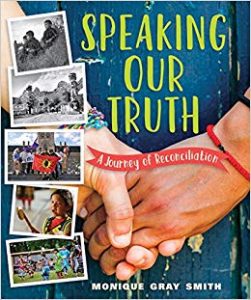
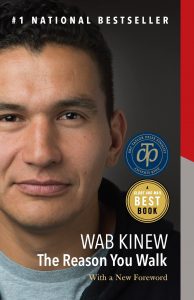
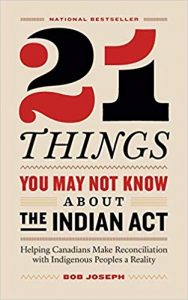
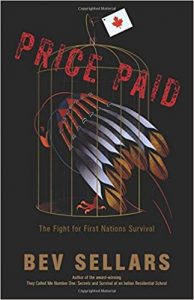

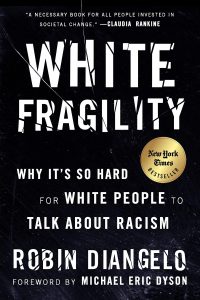
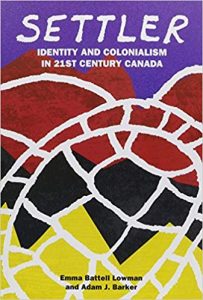
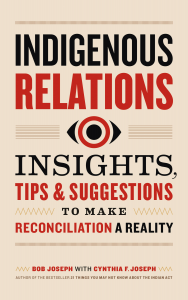
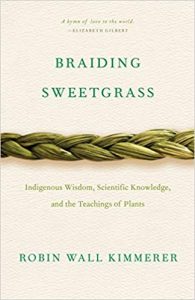
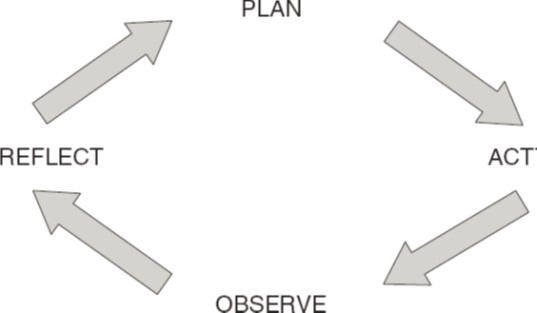



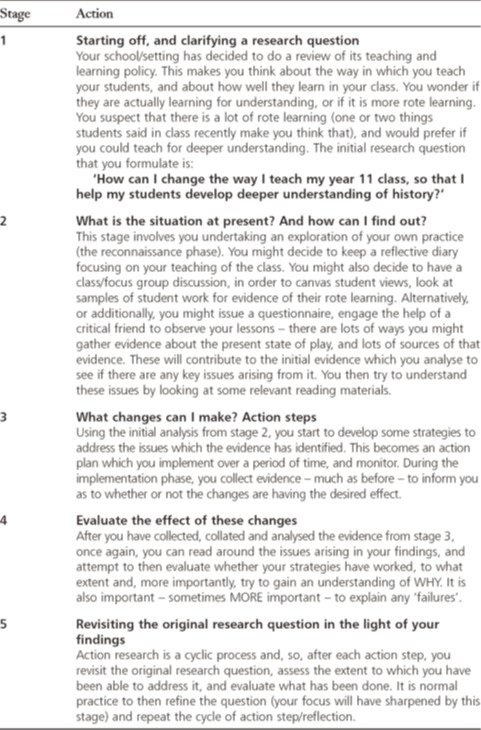
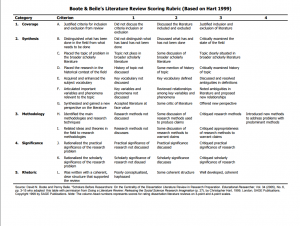
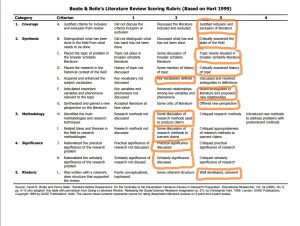
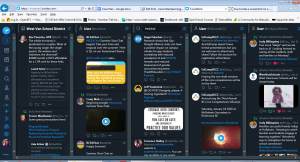
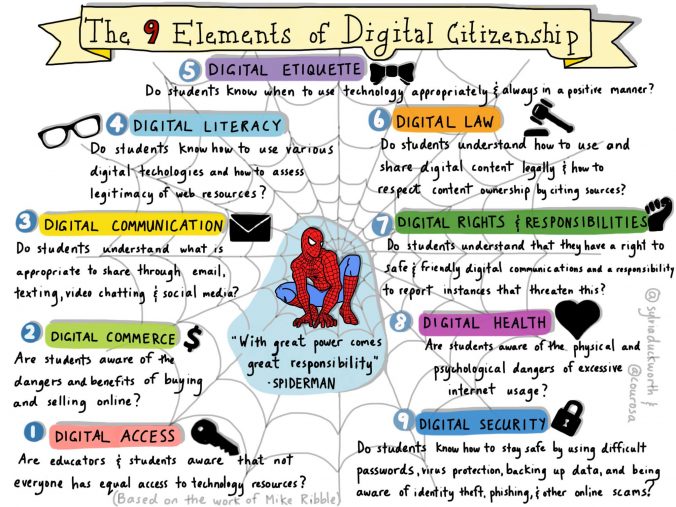

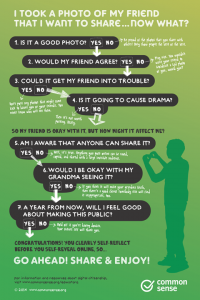
Recent Comments